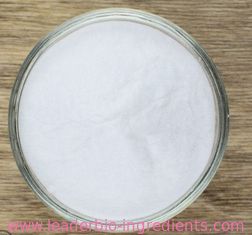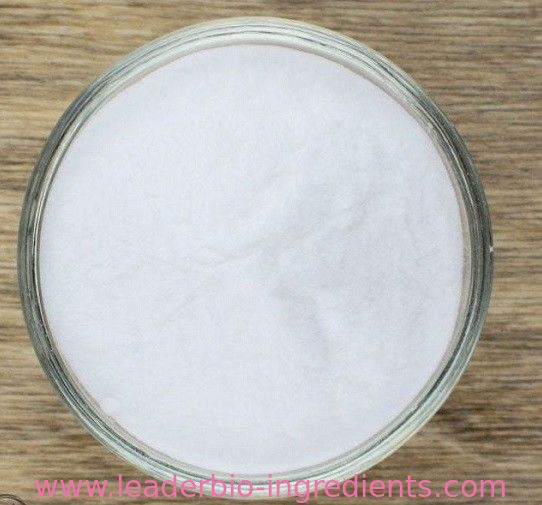| Chemical Properties |
white to off-white crystalline powder |
| Chemical Properties |
Trehalose occurs as virtually odorless, white or almost white crystals with a sweet taste (approximately 45% of the sweetness of sucrose). |
| Uses |
D-(+)-Trehalose is a disaccharide composed of two α-glucose units. D-(+)-Trehalose is used in many processed foods as well as in biopharmaceutical monoclonal antibody formulations. D-(+)-Trehalose is also used as a protein stabilize. |
| Uses |
Food additive; pharmaceutical excipient |
| Uses |
An osmolyte, chemical chaperone, and inducer of autophagy. |
| Uses |
Stabilizes cells during freezing, freeze-drying and air-drying. Sweetener and stabilizer in foods; cryoprotectant for freeze-dried foods. Additive in cosmetics and personal care products. |
| Production Methods |
Trehalose is prepared from liquefied starch by a multistep enzymatic process. The commercial product is the dihydrate. |
| Pharmaceutical Applications |
Trehalose is used for the lyoprotection of therapeutic proteins, particularly for parenteral administration. Other pharmaceutically relevant applications include use as an excipient for diagnostic assay tablets; for stabilization during the freeze–thaw and lyophilization of liposomes; and for stabilization of blood cells, cosmetics, and monoclonal antibodies. Trehalose may also be used in formulations for topical application. |
| Safety |
Trehalose is used in cosmetics, foods, and parenteral and nonparenteral pharmaceutical formulations. It is generally regarded as a relatively nontoxic and nonirritant material when used as an excipient.
In the gut, trehalose is rapidly metabolized to glucose by the specific enzyme trehalase. A small minority of the population exhibits a primary (hereditary) or secondary (acquired) trehalase deficiency and thus may experience intestinal discomfort after ingestion of excessive amounts of trehalose owing to the osmotic activity of undigested trehalose in the gut. However, smaller amounts of trehalose are tolerated by such individuals without any symptoms.
Trehalose is used as a sweetener and is reported to have substantially less cariogenic potential than sucrose.
LD50 (dog, IV): >1 g/kg
LD50 (dog, oral): >5 g/kg
LD50 (mouse, IV): >1 g/kg
LD50 (mouse, oral): >5 g/kg
LD50 (rat, IV): >1 g/kg
LD50 (rat, oral): >5 g/kg |
| storage |
Trehalose is a relatively stable material. At 60°C for 5 hours it loses not more than 1.5% w/w of water (the dihydrate water of crystallization is retained). Open stored powder may liquefy at high relative humidity (≥90%).
Trehalose should be stored in a cool, dry place in a well-sealed container. |
| Purification Methods |
α,α-D(+)-Trehalose crystallises (as the dihydrate) from aqueous EtOH. Dry it at 13o. For the anhydrous compound dissolve 10g in pyridine (200mL) and distil off this solvent at atmospheric pressure, and when the temperature rises to 115.3o all the H2O is removed and 73mL of distillate is collected. Most of the anhydrous material crystallises out at this stage. The crystals are collected (6.8g), washed with Et2O to give 6.1g of anhydrous product. Higher yields are obtained by slightly more prolonged distillation. [Birch J Chem Soc 3489 1965, X-ray cryst: Brown et al. Acta Cryst 28 3145 1972, Beilstein 17/8 V 3.] |
| Incompatibilities |
Trehalose is incompatible with strong oxidizing agents, especially in the presence of heat. |
| Regulatory Status |
GRAS listed. In the UK trehalose may be used in certain food applications. Included in parenteral and nonparenteral investigational formulations. |

